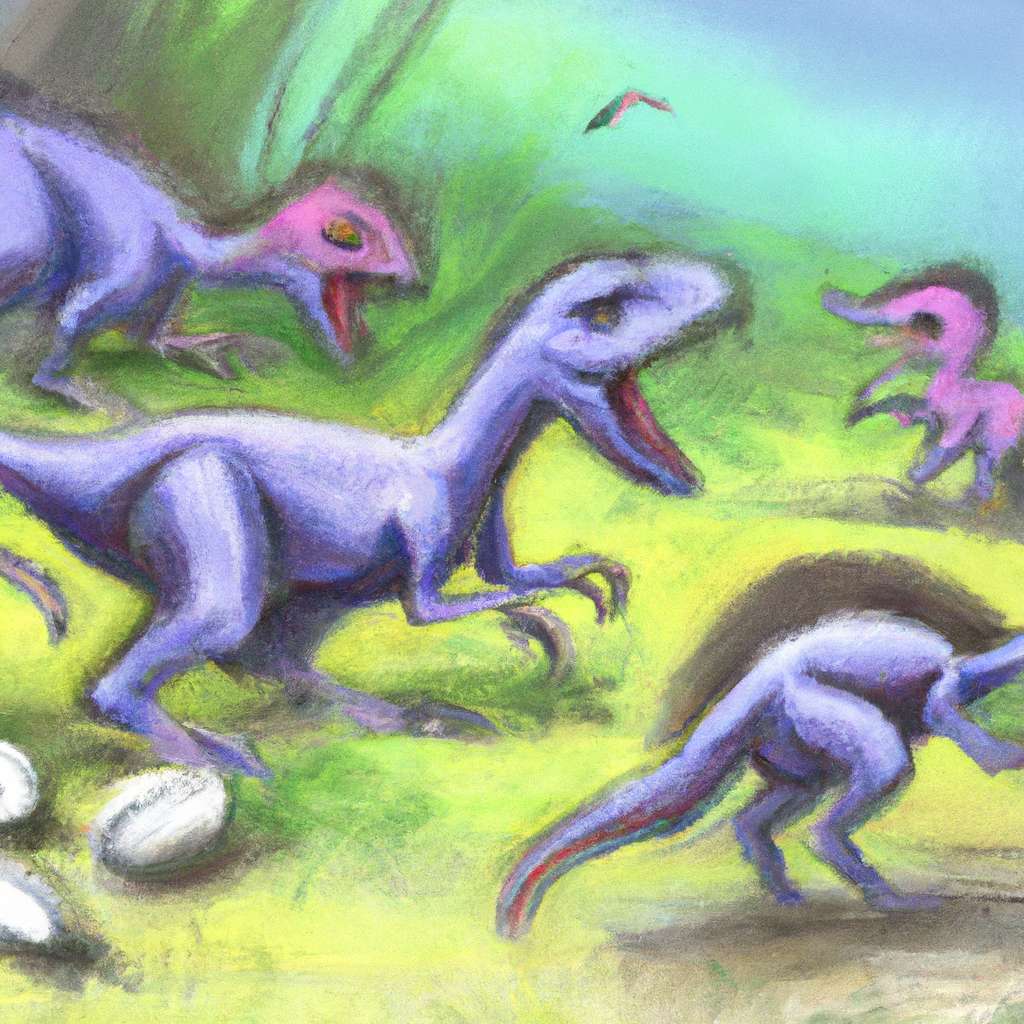The question “are dinosaurs still alive today?” is one that has intrigued scientists and dinosaur enthusiasts alike for years. While it might seem like a question straight out of a science fiction novel, the answer is more complex than a simple yes or no.
Dinosaurs: A Brief Overview
Dinosaurs were a diverse group of reptiles that first appeared during the Mesozoic Era, between 230 and 65 million years ago. They dominated the earth for over 160 million years, which is an impressive feat considering humans have been around for just a fraction of that time. The extinction event at the end of the Cretaceous period, often attributed to a massive asteroid impact, is widely believed to have wiped out all dinosaur species. But did all dinosaurs truly disappear?
Living Dinosaurs Today
While it’s true that the iconic giants such as the T-Rex or Triceratops are no longer roaming the Earth, their descendants are very much alive today. These are none other than birds. Yes, you read that right, birds are considered by scientists to be avian dinosaurs, the only group of dinosaurs to survive the mass extinction event. So, in a way, dinosaurs do still exist, they just look very different from what we typically imagine when we hear the word “dinosaur”.
Birds share many characteristics with their dinosaur ancestors. For instance, many birds lay hard-shelled eggs and have a similar hip structure to theropod dinosaurs. The discovery of fossils with preserved feathers further cemented the link between birds and dinosaurs. If you’ve ever wondered “what dinosaur is still alive?”, the answer could be as close as the sparrows in your backyard or the pigeons in the city park.
Dinosaur Descendants: Birds
The idea that birds are descendants of dinosaurs isn’t new. This concept has been around since the 19th century, but it wasn’t until the late 20th century that the theory gained widespread acceptance. The discovery of fossils like Archaeopteryx, which had both bird-like (feathers, wishbone) and dinosaur-like features (teeth, long bony tail), provided compelling evidence for this evolutionary link.
Today, there are over 10,000 species of birds, all of which are considered to be direct descendants of theropod dinosaurs, specifically the group known as maniraptoran theropods. So, when you ask “are there any dinosaurs alive today?”, the answer is a resounding yes! They’re just a bit smaller, and a lot less scary, than their prehistoric ancestors.
Dinosaurs in the Modern World
The legacy of dinosaurs extends beyond just birds. Their influence can be seen in popular culture, from films and books to toys and video games. Dinosaurs captivate our imaginations, sparking curiosity about the natural world and our place within it. They serve as a stark reminder of the Earth’s vast history and the ever-changing nature of life on our planet.
Moreover, the study of dinosaurs has greatly contributed to our understanding of subjects like evolution, climate change, and extinction events. It has also led to advancements in various scientific fields, including paleontology, geology, and biology.
Could Dinosaurs Still Be Alive?
While it’s fascinating to imagine a world where dinosaurs still roam freely, the reality is that the dinosaurs of the Mesozoic Era are indeed extinct. Despite occasional claims of sightings or discoveries of “living dinosaurs”, there is no scientific evidence to support the existence of non-avian dinosaurs in the modern world.
However, ongoing research continues to shed light on these magnificent creatures and their descendants. Who knows what exciting discoveries the future may hold? Perhaps we’ll find more links between our world today and the age of dinosaurs.
Conclusion
So, are dinosaurs still alive today? If you’re talking about the likes of T-Rex or Brachiosaurus, then no. But if you consider their descendants — birds — as living dinosaurs, then yes, dinosaurs are very much a part of our world. They might not be as massive or fearsome as their ancestors, but they’re a fascinating testament to life’s ability to adapt and survive through the ages.

